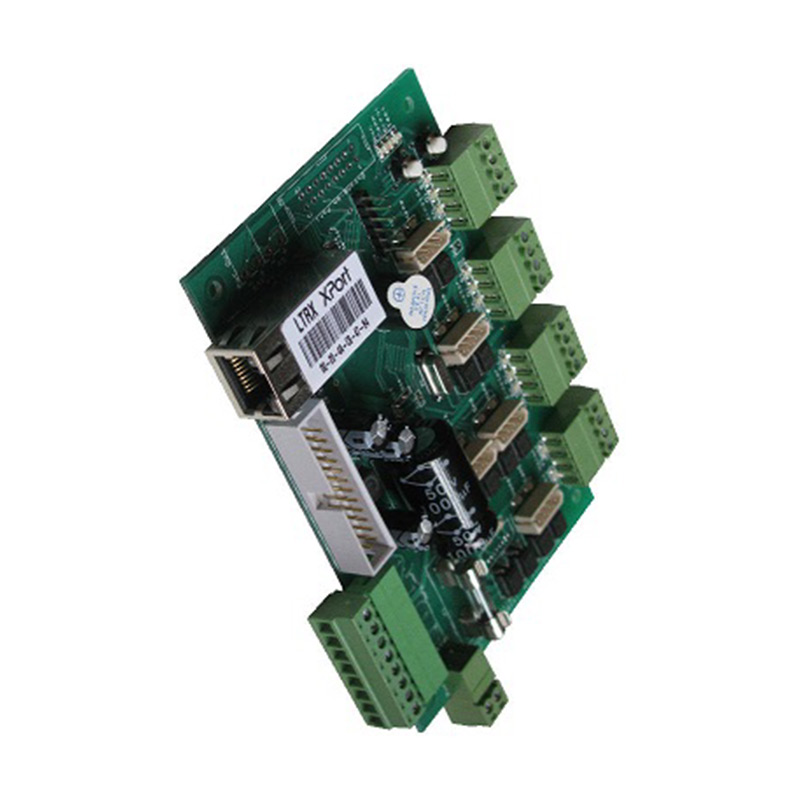

Understanding Float Glass Plates A Comprehensive Overview
Float glass plates have become an essential material in various industries, including construction, automotive, and electronics. Their unique properties and manufacturing process distinguish them from other types of glass, making them a preferred choice for numerous applications. In this article, we will explore what float glass plates are, how they are made, their characteristics, and their diverse uses.
What is Float Glass?
Float glass is a high-quality glass product created through a float process, where molten glass is allowed to float on molten tin. This method ensures a smooth, uniform thickness and a flat surface, making it ideal for various applications that require clarity and precision.
The Manufacturing Process
The manufacturing of float glass plates involves several steps
1. Melting The process begins with the melting of raw materials, primarily silica sand, soda ash, and limestone, in a furnace at high temperatures (around 1700°C). Additional materials can be added to achieve specific properties, such as color or UV filtering.
2. Floating Once the glass is fully melted, it is poured onto a bath of molten tin. The density difference allows the glass to float on the tin surface, forming a flat, uniform sheet. The thickness of the glass is controlled by adjusting the flow of the glass and the speed at which it passes over the tin.
3. Annealing After the glass has floated on the tin for a period, it is gradually cooled in a controlled environment called the annealing lehr. This step relieves internal stresses and ensures the plate maintains its structural integrity.
4. Cutting and Finishing Once cooled, the glass is cut into desired sizes and shapes. It can also undergo additional processes such as polishing, tempering, and coating, depending on the intended use.
Characteristics of Float Glass Plates
Float glass plates possess several notable characteristics

- Optical Clarity Because of their manufacturing process, float glass plates exhibit excellent transparency and low distortion. This makes them suitable for applications where clarity is crucial, such as windows and display cases.
- Flawlessness The floating technique eliminates common glass defects, such as bubbles and waves, resulting in a high-quality product that is free of imperfections
.- Thickness Variety Float glass plates can be produced in a variety of thicknesses, ranging from a few millimeters to several centimeters, allowing for versatility in applications.
- Chemical Resistance Float glass is generally resistant to various chemicals, making it a suitable choice for environments where exposure to corrosive substances is a concern.
Applications of Float Glass Plates
Float glass plates find applications in a wide range of industries
- Architecture and Construction One of the most prominent uses of float glass is in building facades, windows, and doors. Its clarity and ability to insulate help create energy-efficient buildings.
- Automotive Industry Float glass is extensively used in car windows and windshields due to its strength and safety features when tempered or laminated.
- Interior Design Float glass plates are often used in furniture, shelves, and decorative elements, enhancing aesthetic appeal while providing functionality.
- Electronics In the electronics industry, float glass serves as substrates for displays and touchscreens, where precision and clarity are paramount.
Conclusion
In summary, float glass plates represent a significant advancement in glass manufacturing. Their unique properties, such as optical clarity, strength, and versatility, have made them indispensable across various fields. As technology continues to evolve, the demand for high-quality float glass plates is likely to increase, paving the way for innovative applications that enhance our daily lives. Understanding the intricacies of float glass production not only highlights its importance but also invites further exploration into its potential future developments.